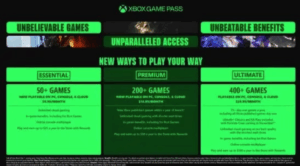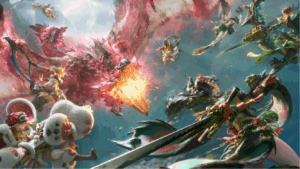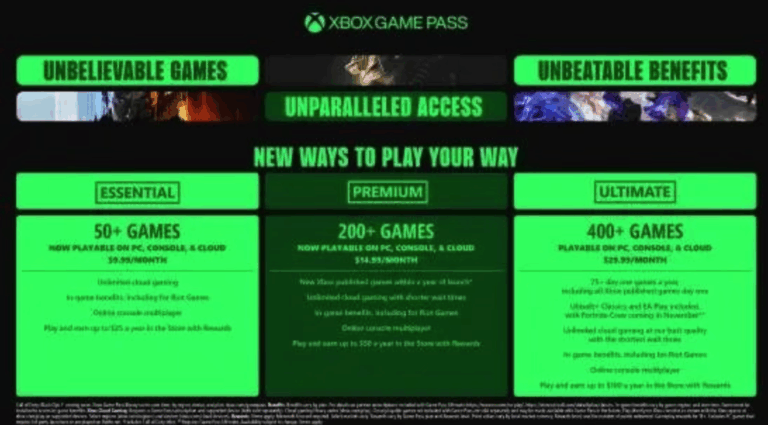First, let’s sort through the most critical data and points in the report:
- According to Circana / Mat Piscatella’s Q3 2025 data, about one-third of U.S. gamers never purchase any new games.
- Only 4% of players buy one or more new games per month.
- The purchase frequency distribution for the other players is roughly as follows:
• 33% never buy new games
• 36% buy one or more new games each quarter
• 18% buy one every half year
• 12% buy roughly one per year. - The report emphasises that “new games” refers to non-secondhand titles, covering PC, console, and mobile platforms.
- Although the proportion of “monthly new-game buyers” is very low, Piscatella believes this group commands a significant share of total spending and is the key support for the non-F2P (i.e., paid/buy-once) game market.
- He also noted a downward trend in video game spending among younger U.S. players: many still play games, but they are shifting toward deeper engagement within free-to-play (F2P) ecosystems rather than buying new titles.
II. What These Numbers Could Mean / Possible Driving Factors
At first glance, these figures are startling: only 4% of players buy new games monthly, and about one-third rarely or never purchase new titles. Behind this lie long-term industry trends and several potential driving factors:
| Driving Factor | Possible Mechanism | Risks / Limitations |
| Attractiveness and maturity of free / F2P models | Free games or base-free + in-app purchase models lower entry barriers; players are more likely to sink time and money into them | F2P revenue heavily depends on high player engagement and retention; maintaining stable income requires high operational costs |
| High game prices / bundling / discount promotions | New games are priced high, and frequent discounts make some players wait for sales or secondhand versions | Waiting for discounts or buying secondhand may drag down launch sales and hurt developers’ returns |
| Rich content and sustainable monetization methods | Many games sustain profit via expansions, season passes, DLCs, subscriptions (e.g. Game Pass, Play Pass) | If new-game sales drop, developers may have to rely more on service / renewal revenue |
| Player behavior stratification / multiple entertainment choices | Not everyone treats buying games as the main entertainment expense — there’s Netflix, mobile games, social media, streaming, video content, etc. | Dependence on revenue from core / heavy players increases, raising market risk |
| Inflation / income pressure / shifting spending priorities | Under economic pressure, some players may cut entertainment spending and become more cautious about buying new games | If macroeconomic conditions worsen, the overall gaming market could also be impacted |
From this perspective, these data points are not just about players being “lazy about buying games”—they reflect a restructuring of the content ecosystem and consumer patterns within the gaming industry.
III. What This Means for the Game Industry / Developers
Based on the trends and driving factors above, I believe this report offers several vital implications and challenges for the gaming industry:
- Greater risk in strategies relying on strong launch / new-game sales
. If only 4% of players are willing to buy new titles every month, it becomes increasingly complex for new releases to reach strong sales at launch. Smaller developers are especially vulnerable to launch failures. - Free and service/subscription/ongoing monetisation models become more crucial
. To maintain stable revenue, more developers may lean on “continual content updates,” in-app purchases, subscription models, and season passes, rather than placing all their bets on new-game sales. - Core / high-spend players become more vital, but are few and volatile
. A smaller group of players, willing to continue buying games and less sensitive to price changes, becomes significant. But their number is limited, and they tend to demand high quality/value. - Differentiation / unique selling points / IP power must be strengthened
. In a competitive environment, a game must offer a strong identity or brand pull so that players are willing to pay for new games rather than default to F2P or wait for discounts. - Marketing/discount/lifecycle strategies need to be more flexible and diversified
. Developers may increasingly use preorders, limited-time offers, bundles, buy-back discounts, season pass incentives, and other tactics to entice more players to spend or extend monetisation periods. - Regional / player type/platform differences deserve more attention
. Though these are U.S. data, behaviours in other countries/regions/platforms might differ significantly. Developers require more refined segmentation and market analysis. - The importance of tracking user behaviour and spending decisions increases for publishers and platforms. Precisely tracking when and why players buy—or don’t buy—games is foundational to formulating pricing, marketing, and operational strategies.
IV. Extended Reflections and Risk Perspectives
- Potential bias/sampling error/definition ambiguity
Industry reports often rely on panel surveys, which may suffer from sample bias (more active/engaged players are more likely to respond) or ambiguity in definitions (what counts as “buying a new game” — digital? physical? preorders?). - Impact of development cycles / seasonal fluctuations
. Specific periods (big game launches, holiday seasons) may temporarily boost new-game purchase rates. Long-term trends may be more meaningful than snapshot data. - Differences by type of game
: AAA blockbusters may still maintain stable high sales, while indie/niche titles may struggle more. The mechanisms by which players transition from free-to-play (F2P) to paid games also merit attention. - Risk in player loyalty / evolving trends
. Players currently willing to pay for new games may drift away if they perceive declines in quality, value, or satisfaction, and shift toward more conservative or free models.
In summary, this report presents a concrete microcosm of how the gaming industry, in its maturation, is confronting the divergence of player spending behaviour and the restructuring of the monetisation landscape. If publishers, platforms, and developers fail to adapt to these structural shifts promptly, they may face pressure on sales, challenges to their business models, and increased competition.
















+ There are no comments
Add yours